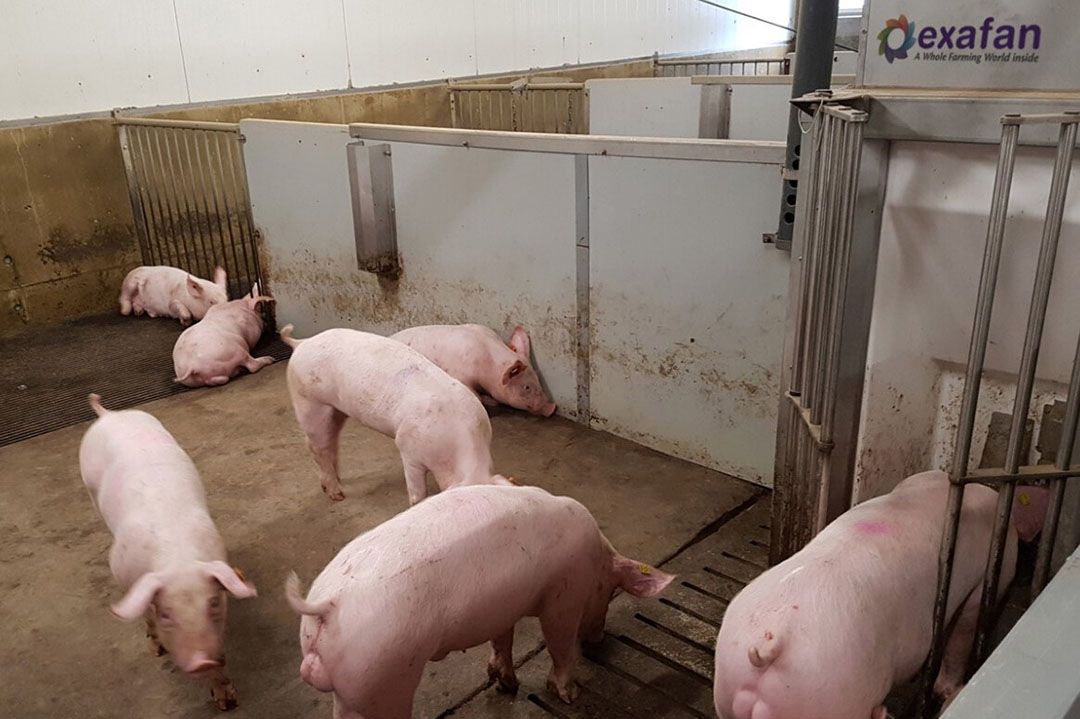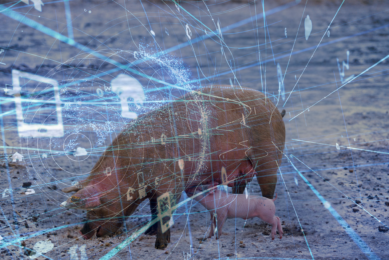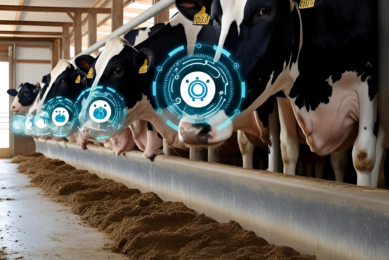Precision feed for pigs reduces environmental impact

Adjusting the nutrients in pig feed to match the actual needs of the animal will result in a much lower burden on the environment.
That was the conclusion of a study conducted by Wageningen Livestock Research within the EU Feed-a-Gene project. This is conducted in collaboration with 22 international partners. The university recently reported about the study on its website.
The project Feed-a-Gene focused on improving feed conversion for pigs, poultry and rabbits in different production systems, as well as on reducing the environmental impact. Researchers focused on feed (resources and nutrients), the animals’ genetic predisposition and how these 2 aspects may be better aligned. The Wageningen researchers carried out their research in, amongst others, Pig Innovaction Centre (VIC) Sterksel.
How to lower nitrogen burden on the environment?
Dr Alfons Jansman, senior researcher at Wageningen Livestock Research, said, “3 topics were relevant to us: concerning the animal sectors – what are the actors that contribute to nitrogen efficiency, and can thus lead to a lower nitrogen burden on the environment? How may processing technology applied to feedstock contribute to improving nutritional value, and what (genetic) animal characteristics can we use to attune the composition of feed to improve animal performance and efficiency in feed?”
An improved feed conversion causes the animal to utilise nutrients more efficiently so that fewer minerals are excreted through faeces and urine. That, in turn, reduces environmental impact through nitrogen – moreover, protein efficiency increases.
Dr Jansman explained, “We researched what processing technologies are best suited to release the nutrients in the feedstock. We considered the palatability of the feedstock. What part benefits the animal, and what part is released into the environment through excrement and urine.”
 Interview: Jan Dijkstra on using feed to reduce emissions
Interview: Jan Dijkstra on using feed to reduce emissions
Jan Dijkstra, animal feed expert at Wageningen University & Research (WUR), sees many opportunities to reduce nitrogen, ammonia, phosphate and methane through the proper use of feed.
Alternative feed system for pigs
At the VIC Sterksel, an alternative feed system was tested where individual animals were given an adjustable mix of 2 feed types, attuned to the particular animal’s unique characteristics (e.g. birth weight and genetic predisposition for protein production). Dr Jansman said, “This system may yet be too costly to be implemented, but the underlying principles and results are applicable towards furthering precision feed concepts.”
Similar studies were conducted on poultry in France, while France and Spain have studied the effects on rabbits. Wageningen Livestock Research worked on this study over a period of 5 years.











